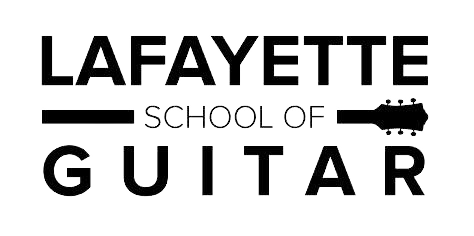How To Figure Out Songs By Ear And Where To Start
By Miika Korte
If you are relatively new to playing guitar, but you can already play a few chords and you got your barre chords down, it is a good point to start with some ear training, so that you can develop the aural skills, to figure out any song you hear, on your own, without looking it up and without asking for help.
Getting Started
First, I would suggest writing some simple chord progressions with three or four chords, you can later extend this number, but for now stick with three or four.
Now, try to translate the chord progression into a numbered system, where every chord gets a number from 1 to 7.
For example, in C major, you have the chords C, D minor, E minor, F, G, A minor and B minor b5 (Flat five). These are just the notes of the scale of course, and all you need to do is to give them roman numerals I, ii, iii, IV, V, vi, vii°. Use capital roman numbers for major chords and small roman numbers for minor chords.
Play them a few times and try to learn them by heart, by how they sound, so that you are able to hum or even sing them. This will help you to easier find the root note in any chord progression, that you hear.
I suggest playing those chords with barre chords in different keys, while always sticking to the chord formula in the roman numerals.
A Quick Detour Into Transposing
Transposing is relatively easy with barre chords, because you just pick your starting point and shift to the same relative position as you did in the key, that you started in. So, if your chord progression is C, F, A minor and G, which is I, IV, vi, V in roman numerals, you are playing the C chord with the root on the third fret of the A string, then you move down two frets and down one string to the first fret of the low E-string, then you move up four frets on the same string to the A minor chord and finally you move down two frets to the G major chord. Make sure you are using the correct barre chord shape.
For any other key, you can follow the same “path” only from a different starting point. If you want to transpose this example to the key of D, simple start on the fifth fret on the A string, move down two frets and down one string, that will give you a G chord, move up 4 frets to the B minor chord and finally move down two frets to the A major chord.
How Is This Helpful For Aural Skills?
For ear training purposes, recognizing the patterns is much more beneficial to you, because you will save yourself a lot of time, if you already know the pattern, when you hear it and all that is left now is figuring out, which is the root note of the whole key. That way, after some time, you can almost instantly play any chord progression that you hear anywhere.
From now on, whenever you hear a song, try to find out what the chord progression looks like as a shape on your guitar neck. Focusing on the bass line can make this a lot easier, but we as humans also tend to intuitively sing the bass line from chords, and if you don’t: give yourself some time and stick to it. It will come to you.
This way you can also improve your knowledge of intervals:
If you recognize, for example, a I – IV progression, you are also able to identify the interval of a fourth as single notes!
About the author:
Miika Korte is the leader of a renowned guitar school for kitaratunnit Tampere, Finland, where he teaches his students to become independent musicians and performers.
